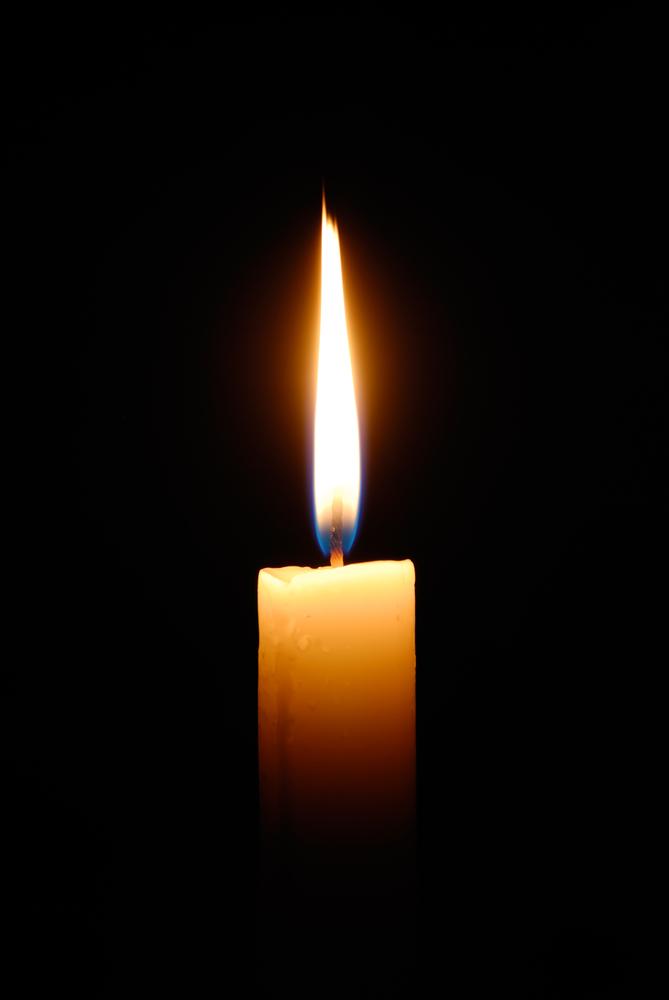- Home
- Play & Learn Home
- Online Enrichment
- Experience Modern Israel
- Israel It's Complicated
- Jewish and Me
- Jewish Holidays Jewish Values
- Jewish Values in Genesis and Jewish Values in Exodus
- Min Ha’aretz
- Our Place in the Universe
- Simply Seder
- The Prophets: Speaking Out for Justice
- Making T'filah Meaningful
- Make, Create, Celebrate
- Yom Haatzmaut Resources
- Hebrew Apps
- About The OLC
- What is the OLC?
- Introduction
- Get Started
- Resources
- OLC Content
- Parent Materials
- See My OLC Classes
- Store
Tears & Testimony
"Incline your ears and go to Me; listen and your souls will live."
Isaiah 55:3
Remember what happened to me, and let my testimony teach you about the consequences of hatred.
Survivors of the Holocaust Speak Out
Paula Lebovics witnessed many frightening events during the Holocaust. "I'm lucky to be alive," she says, speaking from her home in California. When Paula was 6 years old, German soldiers invaded her village in Poland. They imprisoned the Jewish community in a labor camp and forced everyone- including young Paula- to work in a steel mill and a brick factory. "In those dark days," she says, "you learned to use your animal instincts for survival."
After the war, the natural instinct of many child survivors was to wrap themselves in a cocoon of silence. Talking about the horror they had just lived through was too painful.
Recently, though, many child survivors (most who are now in their 60s and 70s) have begun to tell their stories. Recalling their personal tragedies has helped heal their wounded souls, lent truth to the historical record, and taught us valuable lessons.
Words That Heal
The Shoah Foundation, the brainchild of film director Steven Spielberg, began to videotape and preserve the testimony of Holocaust survivors and witnesses in 1994. "To learn history, you have to look in history's eye," says Spielberg, who produced the award-winning Holocaust movie Schindler's List as well as science-fiction thrillers E.T. and Jurassic Park. "Here we have the unique opportunity to have the participants and witnesses of an event look us in the eye and say, "This happened to me."
More than 51,000 people in 57 countries have sat in front of the Foundation's cameras and described what happened to them. For most, it was not easy. Sue Steinberg has interviewed 60 survivors for the Shoah Foundation. She estimates that half of the people she has interviewed had never spoken about their experiences. "They remained silent because they wanted to protect their families from their personal pain," she says. But sadly, the longer you hold pain like that inside, the more powerful and destructive it becomes. Interviewers for the project- such as Steinberg- are trained to ask questions that will ease the Holocaust survivor into the healing process.
Nonetheless, the interview often unleashes powerful, pent-up feeling. Steinberg remembers one survivor who cried for the first time in 50 years. Many others have told her that after the interview they were finally able to sleep uninterrupted through the night. "One man I interviewed had a photographic memory," she says. "Surprisingly, he couldn't remember what his mother had looked like. After he began talking about his painful past, he was able to recall her face."
Sharing Stories of Survival
Paula Lebovics' gripping testimony is featured on the Shoah Foundation's first CD-ROM, "Survivors: Testimonies of the Holocaust." But long before she added her voice to the Foundation's archive, Paula realized that talking about her Holocaust experiences helped her heal. "I first spoke publicly at a local high school," she recalls. "The group consisted of about four classes-maybe 80 students or so. It was a little jarring, since I had only spoken to smaller groups at my temple. Fortunately, I was very comfortable with them. They were good listeners, and I felt they wanted to know about my life."
Since then, Paula has spoken regularly to the public. Children always ask about her family members: Who survived and who perished? "While it's still difficult for me to talk about this part of my life," she acknowledges, "it gives me hope to share this story with young people."
Sixty-three years ago, Nazi violence robbed Paula of her childhood. While the fleeting years have aged her appearance, a young, frightened Polish girl still dwells in Paula's heart. The voice that tells her tale may belong to the mature woman, but the story belongs to the little girl. It is the young child who speaks to us, and her message is clear: Remember what happened to me, and let my testimony teach you about the consequences of hatred.
0
The definitive Jewish Genealogy resource http://www.jewishgen.org A list of several hundred Jewish Genealogy Links, cross-indexed by subject http://www.pitt.edu/AFShome/m/e/meisel/public/html/jewish/


